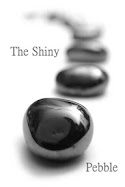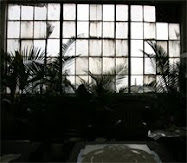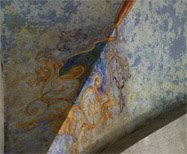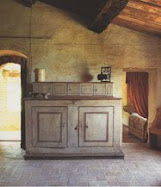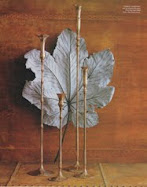Today was a day to celebrate!
We took our citrus, gardenia and fig trees out of "winter storage" in a partially heated warehouse and the lemon trees are full of incredibly fragrant blossoms. There is nothing quite like the actual scent of the citrus blooms. I've not yet smelled a perfume that accurately captures it. I wish I could say that we stored them in our orangerie,
but they survived the cold of an Ohio winter in a 50 degree warehouse with lots of windows and natural light.
One end of the messy studio warehouse, but with great light! This table is receiving a rabbit skin gesso base before it is finished with paint and gold leaf.
We have Meyer lemon, grapefruit, kumquat and regular lemon trees, as well as five fig trees that began life as cuttings from the original tree from Sicily. The gardenia topiaries are about 6' in diameter and are at least ten feet tall. They produce several flushes of gardenias which my hubbie uses for wedding bouquets and the like. Either you love or hate the gardenia scent; I am one who loves to smell them on a warm summer evening.
orange tree in right foregound, fig tree in left background with the big leaves
I am sure if you live in California or Florida, it would not be quite so special. But up north, these scents are to be treasured!
+web.jpg)




























































